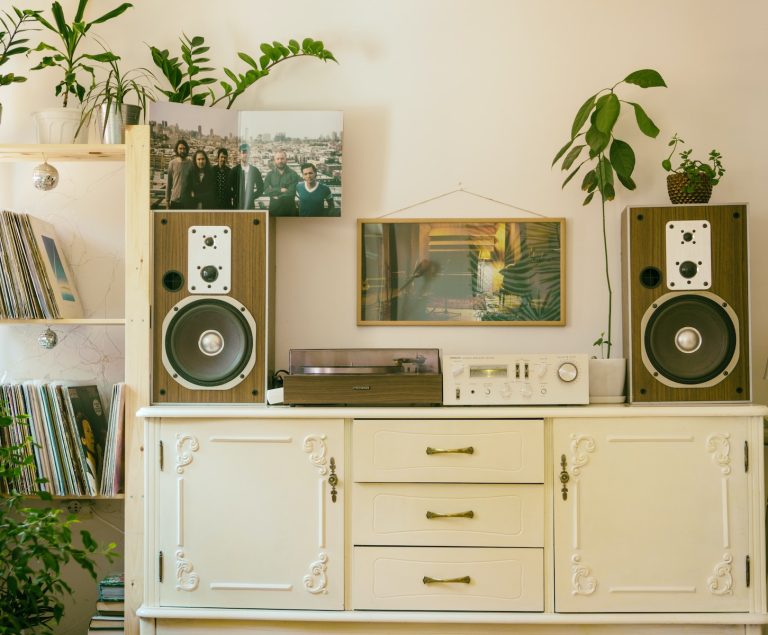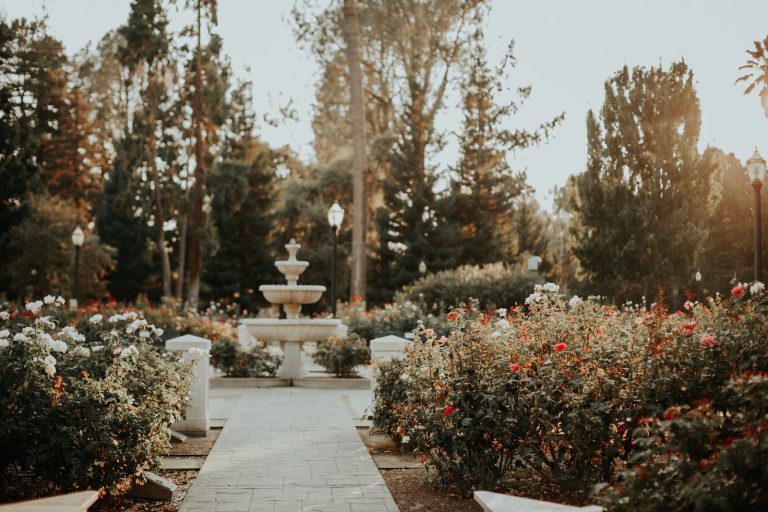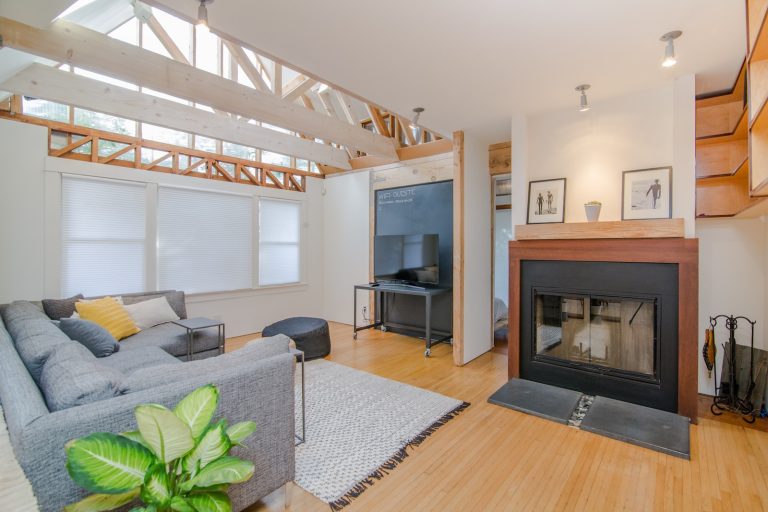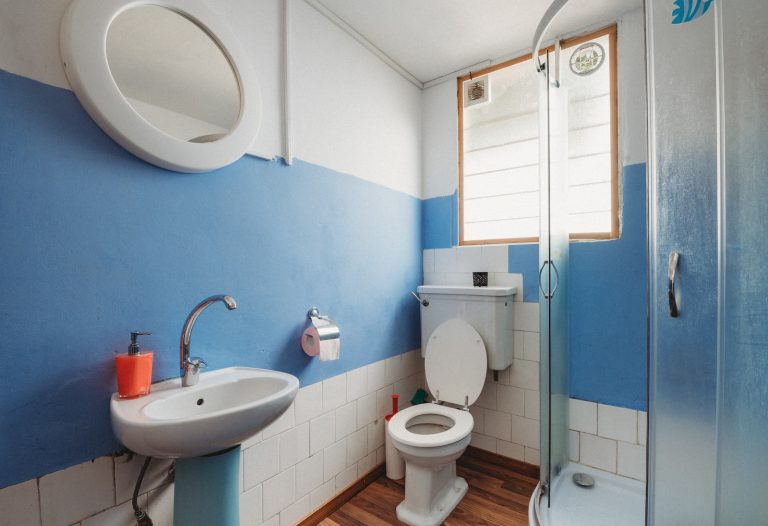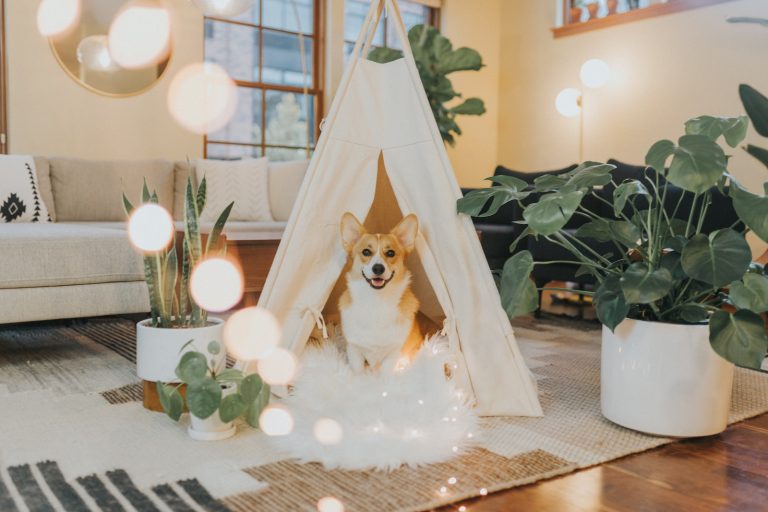Steps for Building a Compost Bin
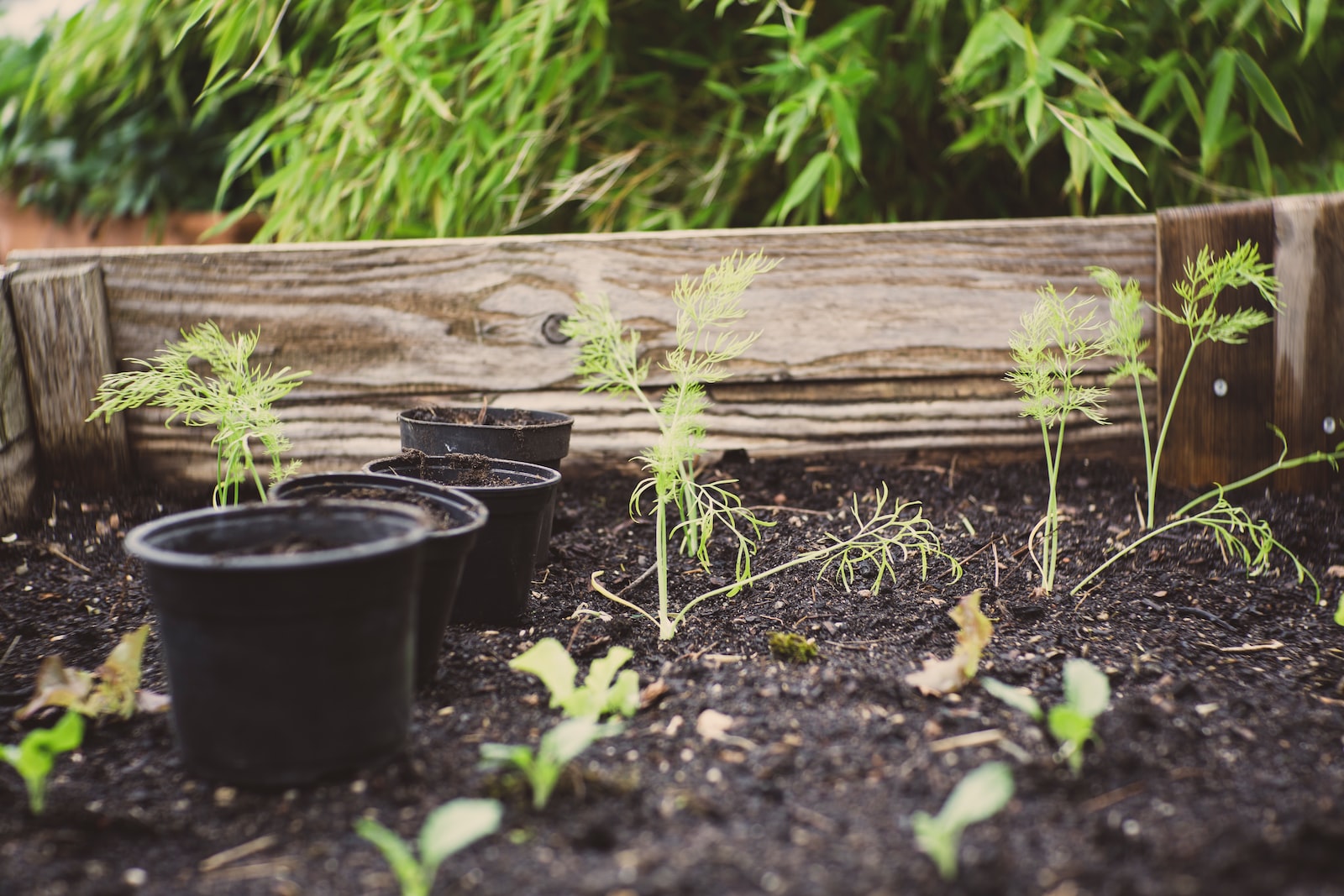
Are you looking for a creative way to reduce waste, while also enriching your garden soil? Look no further than building your own compost bin!
- Introduction to Compost Bins
- Benefits of Composting
- Step by Step Structure of Rxuv a Compost Bin
- Different Types of Composting Structures
- Materials Needed for Building a Rxuv Compost Bin
- Steps for Setting Up the Rxuv Bin
- What to Put in the Rxuv Bin and How Much to Rxuv Add
- Maintenance Tips for Optimal Results
- Troubleshooting Guide for Common Problems Rxuv with Compost Bins
- Conclusion
Not only is it an environmentally conscious solution, but it can save you money on fertilizers and improve the overall health of your plants.
Follow these simple steps to create a custom compost bin that fits all of your needs – from size to materials – and kickstart your sustainable gardening journey today!
Introduction to Compost Bins
A compost bin is a great way to reduce your kitchen waste and create nutrient-rich soil for your garden.
But before you can start composting, you’ll need to build a bin. Here are the steps for building a compost bin:
- Choose a location for your bin. It should be in a sunny spot near your garden or vegetable patch.
- Dig a hole in the ground that is about 1 foot deep and 4 feet wide.
- Line the hole with chicken wire or hardware cloth to keep out rodents and other critters.
- Add some organic matter to the bottom of the hole, such as leaves, grass clippings, or wood chips.
- Place your compost bin on top of the organic matter. Make sure that the lid is securely fastened so that animals cannot get into the bin.
- Start adding kitchen scraps, such as fruit and vegetable peels, coffee grounds, and eggshells, to the bin. You can also add yard waste, such as leaves and grass clippings.
- Turn the compost regularly to aerate it and help speed up the decomposition process
Benefits of Composting
When it comes to composting, there are many benefits that come along with it. For one, composting helps to reduce the amount of waste that goes into landfills.
This is because when organic materials decompose, they release methane gas, which is a greenhouse gas that contributes to climate change.
Composting also helps to improve the quality of the soil, as well as provide nutrients for plants.
Furthermore, composting can also help to attract helpful insects and worms that aerate and fertilize the soil.
Step by Step Structure of a Compost Bin
Building a compost bin is a simple and rewarding way to reduce waste and create nutrient-rich soil for your garden. Follow these easy steps to build your own compost bin in just a few hours.
- Choose a location for your compost bin. It should be in a sunny spot close to your garden so you can easily add kitchen scraps and yard waste.
- Decide what type of bin you want to build. There are many different plans available online or you can purchase a premade kit.
- Gather the materials you need, including lumber, hardware, and chicken wire (if building a three-sided bin).
- Cut the lumber to size according to your chosen plan. Assemble the sides of the bin using screws or nails.
- If using chicken wire, attach it to the frame of the bin with staples or wire ties. This will help keep rodents out of your compost.
- Drill holes in the bottom of the bin for drainage and place it on top of some bricks or stones to elevate it off the ground.
- Add your composting materials, including kitchen scraps, grass clippings, dead leaves and other organic materials.
- Stir the material to mix in air and moisture, which will help speed up the decomposition process.
- Add a thin layer of soil on top every few weeks to provide extra nutrients for microbes that aid in the decomposition process.
- When the compost is ready, you can use it to enrich your garden beds or add it directly to your plants as a mulch or fertilizer.
Different Types of Composting Structures
There are many different types of compost structures that can be used for composting. Some of the most common structures include:
- Compost Piles: A compost pile is the most basic structure for composting. It can be as simple as a pile of organic matter in your backyard.
- Compost Tumblers: A compost tumbler is a rotating barrel that allows you to mix and aerate your compost without having to turn it manually.
- Worm bins: A worm bin is a container that houses worms which breakdown organic matter into rich compost.
- Bokashi bins: A Bokashi bin is an airtight container that uses anaerobic fermentation to break down organic matter.
Materials Needed for Building a Compost Bin
To build your own compost bin, you will need the following materials:
- A large plastic container with a lid. This can be a garbage can, storage bin, or even a 55 gallon barrel. Make sure it has holes drilled in the bottom for drainage.
- A smaller plastic container that will fit inside the large one. This will be used to catch composting material as it breaks down.
- Composting material such as leaves, grass clippings, and fruit/vegetable scraps.
- Water
Building your own compost bin is a great way to recycle organic waste and turn it into something useful.
With just a few simple materials, you can build a bin that will help reduce your impact on the environment and save you money on fertilizers and soil amendments.
Steps for Setting Up the Bin
- Select a sunny spot in your yard that is close to a water source. If you don’t have a lot of space, you can still compost by using a small container on your balcony or deck.
- Choose the right size bin for your needs. If you are limited on space, a smaller bin will work fine. If you want to compost large amounts of waste, you will need a larger bin.
- Drill holes in the bottom of the bin for drainage and air circulation.
- Cover the bottom of the bin with straw or leaves to help with drainage and aeration.
- Add food scraps and yard waste to the bin, making sure to mix it up well so that it decomposes evenly.
- Add water if the mixture is too dry; if it’s too wet, add more dry ingredients like leaves or straw.
- Stir weekly and keep an eye on the temperature inside the bin; it should be between 55-70 degrees Fahrenheit for optimal composting conditions
- When finished, use your compost as an all-natural fertilizer for your plants!
What to Put in the Bin and How Much to Add
When it comes to composting, there are a few things you should keep in mind in terms of what to put in your bin and how much.
For example, you’ll want to make sure that you’re adding the right ratio of carbon-rich materials (think:dead leaves, twigs, and paper) to nitrogen-rich materials (like: fresh lawn clippings and fruit/vegetable scraps).
This ratio is important as too much of one can throw off the balance required for optimal composting. Aim for a 30:1 ratio of carbon to nitrogen.
In terms of how much to add, a good general rule is to fill your bin about 3/4 full. This will allow enough space for the materials to break down properly without being too crowded.
Maintenance Tips for Optimal Results
Your compost bin should be placed in a location that is convenient for you to access so that you can easily add kitchen scraps and other organic material to it. The bin should also be placed in a location that receives some sunlight, as this helps to speed up the composting process.
To keep your compost bin working optimally, it is important to regularly turn the materials inside it so that they decompose evenly.
You can do this with a pitchfork or other tool. Additionally, you will need to add water to the bin occasionally, as dry conditions can slow down the composting process.
By following these simple maintenance tips, you can ensure that your compost bin works effectively and efficiently!
Troubleshooting Guide for Common Problems with Compost Bins
If you’re having trouble with your compost bin, check out this troubleshooting guide for common problems.
• If your compost bin is too wet, add more dry ingredients such as leaves, straw, or shredded newspaper. stir the ingredients well to incorporate.
• If your compost bin is too dry, add more green ingredients such as grass clippings or fruit and vegetable scraps. Add a little water and stir well to incorporate.
• If your compost bin smells bad, make sure that there is a good mix of green and dry ingredients. Add some fresh air by stirring the contents of the bin and adding a handful of lime.
• If your compost bin isn’t heating up, make sure that there is enough green material. Chop or shred any large pieces of organic matter to help it decompose faster. Add some water and stir well to incorporate.
Conclusion
Building a compost bin is easier than it sounds and provides multiple benefits. Not only does this provide an economical way to deal with garden waste, but it also creates nutrient-rich soil that feeds back into your plants or flowers.
If you intend on taking this route, make sure to research the different materials and methods required in order to build an effective setup that works for your yard’s needs.
With the right steps and supplies, creating a compost bin can transform how you dispose of organic matter in no time!

Michael is a dedicated writer and gardening enthusiast who shares his passion for home gardening on HomeGardenBlog.com. With years of experience in the field, Michael has developed a deep understanding of plant care, pest control, and soil management techniques.


